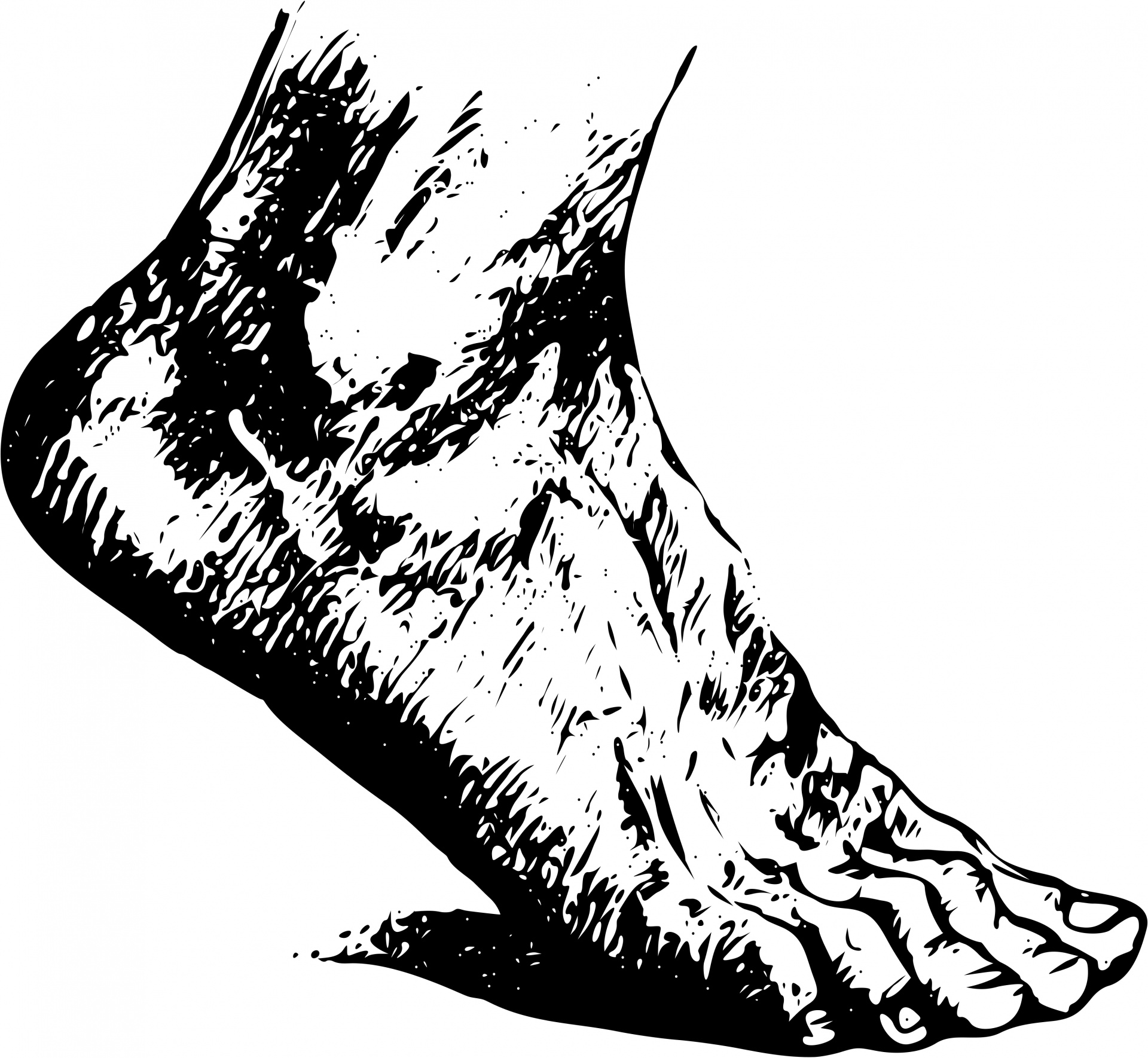You knew that you'd see at least one patient with a FOOSH (Fall On Outstretched Hand) while working in Minor Care. A nice, thin layer of ice laid down by the "Snow-pocalypse" snow storm that came through last night had already caused several patients to slip and fall.
John, your first patient of the day, a 24 year old rushing to work this morning, slipped coming down the steps outside his house. He tells you he landed on his right hand with his arm extended at the elbow and wrist. He is complaining of pain in the dorsal and radial right wrist. You go to examine him, noticing no obvious deformities, lacerations, or abrasions. On palpation, he has tenderness to palpation in the anatomic snuff box and pain with axial loading of the thumb. Suspecting a scaphoid fracture, you order a wrist x-ray.
While waiting for the film to be developed, you look for a refresher on how to interpret these challenging films.
Read More








